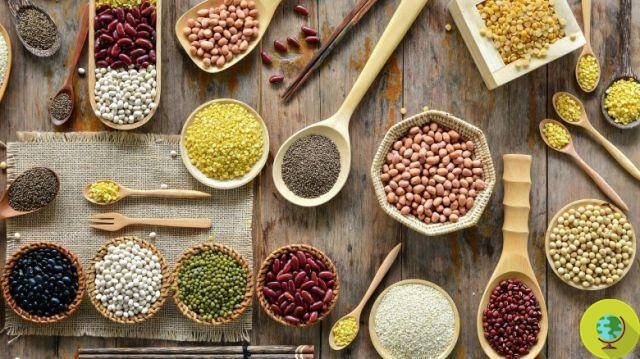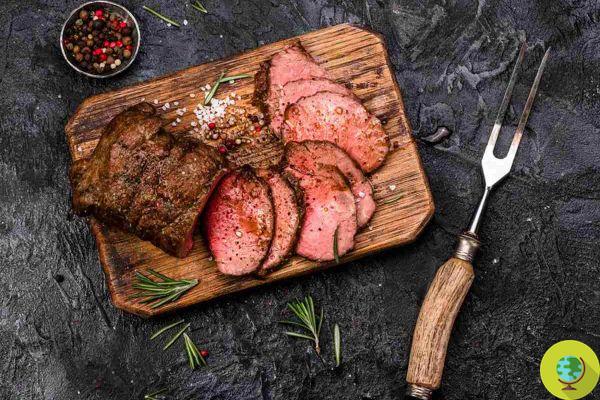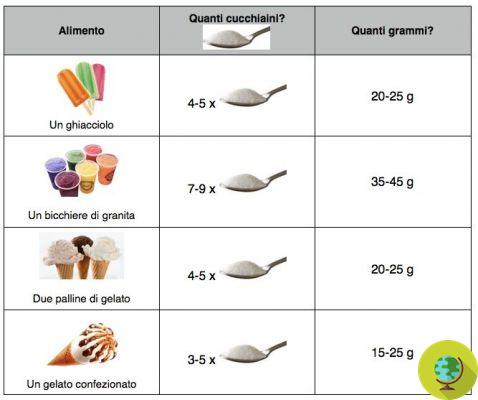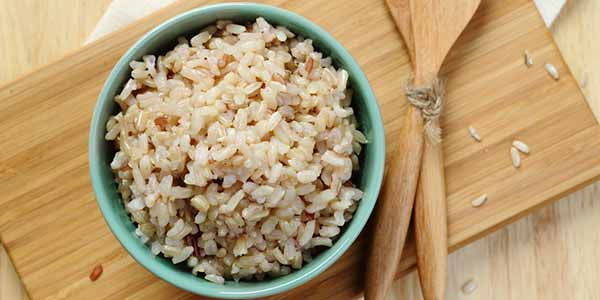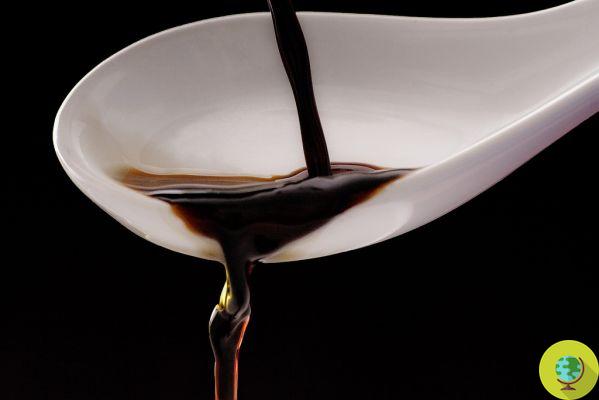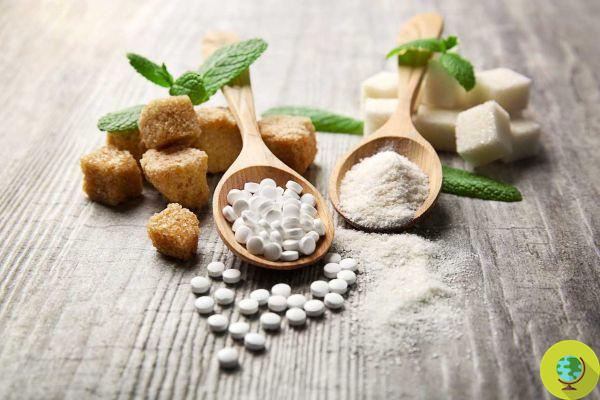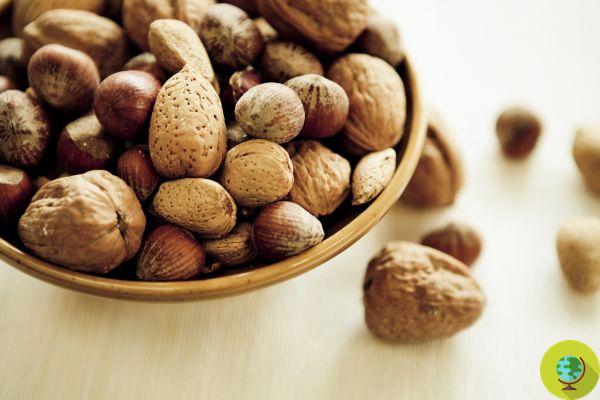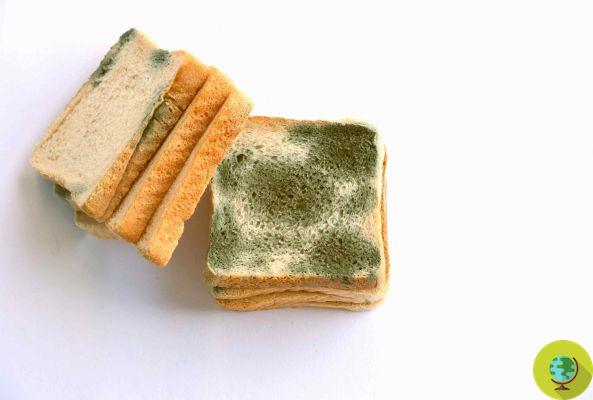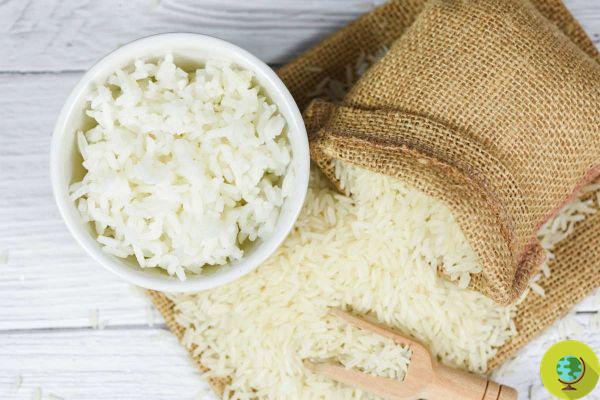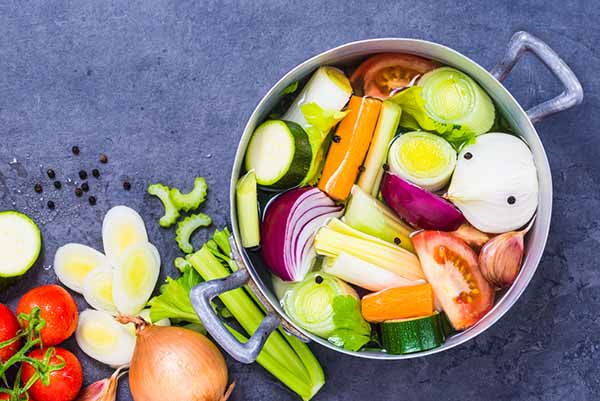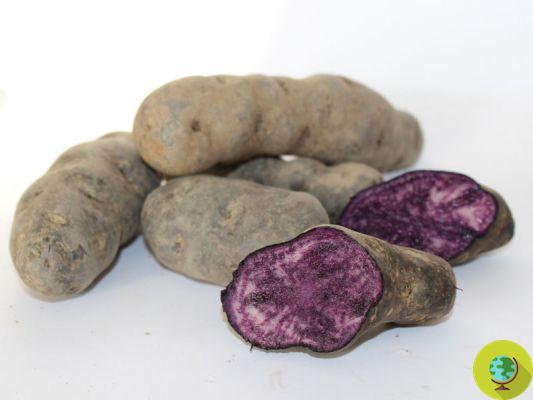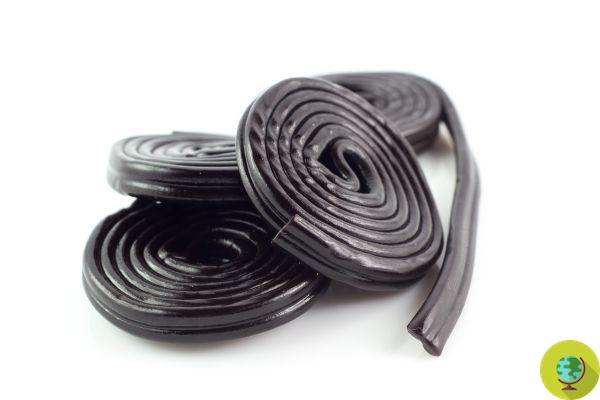Turmeric, how to take it? Better supplements? In which recipes can I use it? And above all is it really useful? Let's be clear.
Turmeric, spice of wonders, with a thousand virtues and benefits, it is excellent to be included in our diet daily to promote the well-being of the organism. But what exactly happens to our body by taking the right amount of turmeric every day? What is the right amount to take? And how to take it? We will also see the many property, nutritional values, the recipes, doses and Opinions of nutritionists on turmeric.
Much scientific research in recent years has focused on the anti-inflammatory, antioxidant, pain-relieving and general healing potential of this yellow-orange spice for our body also known as "Indian saffron" precisely for this chromatic characteristic.
Index
Calories and nutritional values
Nutritional values per 100 grams of ground turmeric:
- Calories 354
- 10 g fat
- Saturated fatty acids 3,1 g
- Polyunsaturated fatty acids 2,2 g
- Monounsaturated fatty acids 1,7 g
- Cholesterol 0 mg
- Sodium 38 mg
- Potassium 2.525 mg
- G carbohydrates 65
- Dietary fiber 21 g
- Sugar 3,2 g
- 8 g protein
- Vitamin A 0 IU
- Vitamin C 25,9 mg
- Calcium 183 mg
- Iron 41,4 mg
- Vitamin D 0 IU
- Vitamin B6 1,8 mg
- Vitamin B12 0 μg
- Magnesium 193 mg
Properties of turmeric
Turmeric is a rich spice in beneficial properties. For example, the consumption of turmeric improves the functioning of the stomach and intestines and moreover helps fight cholesterol, since it facilitates the disposal of excess lipids. Anti-inflammatory properties
- Antioxidant properties
- Choleretic properties
- Antitumor properties
- Healing properties
- Digestive properties
- Antidepressant properties
- Antibacterial properties
- Pain relieving properties
- Detoxifying properties
Benefits of turmeric
To recognize the benefits of turmeric Western medicine is now concerned with our health, and its studies have increasingly proved to be the focus of the last few years.
- It prevents and reduces inflammation
- Relieves joint pain
- Beneficial for the brain and nervous system
- It is a natural pain reliever
- Protects the liver
- Helps digestion
- Limits the action of free radicals
- Strengthens the immune system
- It prevents type 2 diabetes
- Helps the body detoxify
- Prevents bacterial infections
- Promotes wound healing
- Contributes to the effectiveness of antidepressant drugs
- Boosts memory
- Boosts the brain's self-healing capacity
- Helps prevent and fight cancer
What happens to the body?
- First of all we help the body a cope with inflammation which can be present in different areas of the body, for example turmeric is widely used to treat arthritis, also because in addition to reducing inflammation it is also able to soothe pain. This spice, the most important active ingredient of which is undoubtedly curcumin, is then able to support the liver in its functions, it promotes digestion and is a powerful antioxidant, therefore able to counteract the action of free radicals, responsible for cellular aging.
- But it doesn't stop there: this spice is able to strengthen our body and the immune system, and prevent type 2 diabetes.
- Molto the action on the brain and nervous system is also interesting: only one gram a day of turmeric would be enough to increase memory and it has even been seen how this spice improves the ability of the brain to self-heal in case of damage, such as those following a stroke. Then there are those who compare it to the effects of Prozac on depression.
- It was then proved that curcumin has great anticancer qualities: a study conducted by the University of California noted how curcumin is able to block the action of an enzyme believed to be responsible for the development of tumors in the head, neck and oral cavity (in the latter case especially those caused from human papillomavirus). Another research, however, conducted in Michigan, has shown its importance in increasing the effectiveness of chemotherapy in the treatment of some types of cancer.
How much turmeric to take?
The recommended dose of turmeric to take every day ranges from 3 to 5 grams, therefore about a tablespoon or a little less if consumed in powder form. However, studies have underlined that the problem of this spice is above all that of poor bio-availability, that is the difficulty for our body to be able to absorb it and therefore use it to the fullest. However, it has been seen that, to improve this aspect, it is excellent to combine it with a little black pepper (a pinch of a teaspoon is enough) or alternatively a fat (for example olive oil).
Turmeric supplements
If you intend to use it for curative purposes, however, all this is not enough and it is therefore necessary, on the advice of an expert, take a titrated and standardized turmeric supplement which therefore contains a much higher quantity of active ingredient than that which can be ingested with the food use of the spice alone.
Read also: Turmeric supplements
However, all this does not mean that using turmeric every day in the kitchen is not a good way to help our body keep fit.
How to use turmeric?
- Keep in mind that: it is good to keep the properties of this spice in the best possible way use it raw, that is to put it only at the end of cooking, thus avoiding the dispersion of some of its nutrients. Furthermore, to assimilate it better it is excellent to combine it with a little pepper or a fat (for example olive oil). Remember these two important things even if you create new recipes ...
- Another tip is to do not take excessive doses (which can be counterproductive) and above all not to take it in the case of gallstones (unless otherwise indicated by a doctor who will have assessed the situation specifically).
Use in the daily diet
Together with ginger, chilli and cinnamon, turmeric is a real health spice. Enriching our daily diet with turmeric is not complicated at all. In fact, turmeric, with its delicate flavor, is suitable for enriching numerous dishes with taste and color.
- Prepare the golden milk
- Add turmeric to the soup
- Season the risotto with the turmeric
- Prepare turmeric tea
- Prepare and use curry in cooking
- Prepare golden honey for coughs and colds
- Enrich the stuffed vegetables
- Drizzle with turmeric oil
- Add turmeric to smoothies
- Prepare a turmeric decoction
- Add turmeric to juices and extracts
- Season the pasta with the turmeric
- Add the turmeric to the custard
- Use turmeric in the dough of sweet and savory cakes
- Prepare the turmeric bread
- Season the tofu and seitan with the turmeric
- Add turmeric to sauces and dips
- Cooking with fresh turmeric
Golden Milk, benefits and how to prepare it
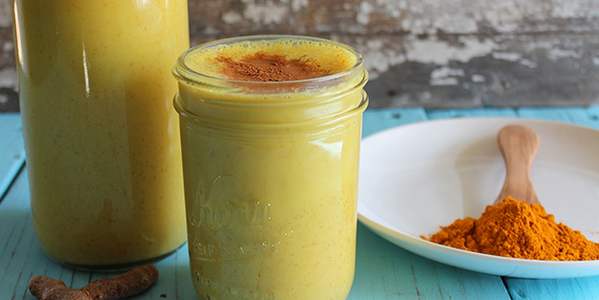
Il golden milk o turmeric golden milk is a drink with a bright color and a delicious flavor, made with few but healthy ingredients and which is worth trying for its numerous benefits due above all to the presence of turmeric and curcumin, a substance that has increasingly been the subject of scientific studies in recent years .
In particular, the regular intake of Golden Milk is able to:
- Soothe muscle and joint pains
- As a natural anti-inflammatory
- Calm cough and cold
- Relieve respiratory ailments
- Cleanse the liver
- Improve digestion
- Counteract menstrual cramps
- Regulate metabolism
- Lower cholesterol
- Stimulate the immune defenses
READ also: Golden Milk: 10 Reasons To Take Turmeric Golden Milk
How to make Turmeric Golden Milk?
Ingredients
- ¼ cup of turmeric
- ½ cup of water
- 1 cup of milk (also vegetable)
- 1 teaspoon of almond oil
- Honey
La preparazione Turmeric Golden Milk is very simple:
- Boil the water with the turmeric, stirring slowly until the mixture dries and becomes a little thicker. Once ready, the mixture can be stored in the refrigerator and used for 40 days.
- For each cup of golden milk that you want to prepare, you need to mix ¼ teaspoon of the mixture made with turmeric in a cup of milk and then add a teaspoon of sweet almond oil (I recommend the one for food use!).
- It is heated as desired and finally honey is added, in variable quantities according to taste. If you want to make this drink even tastier, blend it! It will become so beautiful bubbly and you can then sprinkle it with a little cinnamon.
Read also: Problem with the joints? Here is the Golden Milk recipe
Uses in cooking and recipes
But how can we do a insert turmeric into our diet every day? It is not difficult! It can be used in many ways: in smoothies and extracts, to sprinkle over risotto and pasta, to prepare Golden Milk or herbal teas, etc. Find below many ideas to use it in the kitchen:
- Yeast-free turmeric cracker
- Oil sandwiches with spelled and turmeric
- Focaccia stuffed with chard with turmeric
- Peppers stuffed with millet and turmeric
- Recipe for making curry at home
- Rice cake with turmeric and basil
- Purifying soup of red lentils, turmeric and ginger
- Pasta with green cabbage and turmeric
- Vegan croquettes of quinoa and turmeric
- Indian lentils with turmeric and ginger
- Cream of beans and turmeric batata
- Turmeric semolina dumplings
- Turmeric candies
Use as a natural remedy
In addition to being a spice in cooking, turmeric is used to prepare many natural remedies to be taken internally or applied to the skin and massaged.
- Turmeric face mask
- Turmeric oil hair treatments
- Turmeric supplements
- Turmeric herbal tea
- Turmeric decoction
- Turmeric Golden Milk
- Golden honey for coughs and colds
- Turmeric anti-inflammatory packs
- Turmeric bath salts
- Pain relieving massages
- Turmeric anti-inflammatory candies
- Turmeric oil
Turmeric oil: preparation and benefits
Ingredients
- 500 ml of extra virgin olive oil
- 3 tablespoons of turmeric powder
Preparation
- Pour the oil into a glass jar with an airtight lid and mix the turmeric.
- Close and leave to macerate for a week, simply by shaking the jar once a day.
- On the eighth day, pour everything into a dark bottle without moving the turmeric deposited on the bottom.
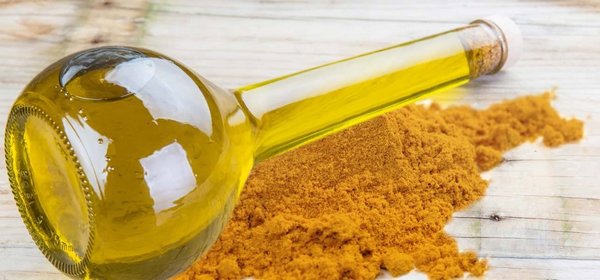
- It is antioxidant
- Helps detoxify the liver and intestines
- It has pain-relieving and anti-inflammatory effects
- Strengthens the immune system
- It prevents some types of cancers
- Helps fight cholesterol and blood sugar
- It is anti-constipation
- It has antibacterial qualities
How to store turmeric
- Choose organic turmeric
- Store fresh turmeric in the refrigerator
- Store ground turmeric in a cool, dry, dark place
- Prefer canned packaged ground turmeric to turmeric in clear jars
- You can grind the dried turmeric root in the food processor to pulverize it
Contraindications of turmeric
Turmeric is a spice that also has contraindications that should not be underestimated. Absolutely to be avoided, for example, if you suffer from gallbladder stones or biliary tract problems. In general, turmeric is good for our body but if in doubt in case of particular pathologies it is better to consult your trusted doctor before starting to take it regularly.
- Gallbladder stones
- Gallstones
- Problems with the biliary tract
- Occlusion of the biliary tract
- Gallbladder problems
- Blood clotting problems
Other articles
To learn even more about turmeric, read also:




